Have you ever wondered what your chair would look like? Would it rest on four legs or six—or perhaps none at all? Would it have a massive halo or be nervously unstable? Despite the endless discourse around uniqueness, personalisation and inclusivity, we are all surrounded by more or less similar skeletons of four-legged tables, chairs, cutlery, and so forth. But if one comes to think of it, doesn’t everyone deserve their own chair?
“In a way, design is still interestingly conservative. Mostly, I just want it to be fun,” says Isabella Lobkowicz, an Italian designer, scientist and engineer based in London. Her curious mind found itself wondering how the swarm of chair designs that come to life each day rarely take into consideration the characters who will use them. “Will all human characters—with all their nuances—be satisfied by the very same backrest, four legs and seat? I don’t think so,” she says. And with this seemingly simple thought began an expedition of modifying chairs—altering their limbs and elements to fit the user like a glove. 96 illustrations, a collection of simple, childlike drawings, inhabited the 96 pages of a Moleskine notebook, soon turning into a book published by Moleskine—Almost 100 chairs for 100 people.
Lobkowicz now embarks on a voyage to make the dream of sitting on these chairs a reality. She kicked it off with a commission of 10 prototypes of ‘A chair for ...’: the holy, the cautious, the bodybuilder, the voyeur, the underdressed, the classy, the undecided, the royal, the parent and child, and the goth. She continues to expand this repository and capture these awfully relatable characters in her innocent yet clever furniture designs. The chairs are all hand-made in Northern Italy in ashwood, and each is adorned with a brass name tag spelling out its character. These playful silhouettes made their way to the recent Collectible in Brussels, where a limited edition series of 12, alongside two-dimensional counterparts, made their debut on the global platform.
If we express ourselves through our clothing choices, our makeup or hair, why ostracise our furniture—the entities that enjoy an unfaltering presence in our mundane visual identity? And so, in the designer’s words, “May the holy never sit without their halo, may the cautious be reassured by having 16, sturdy legs, the bodybuilder fit their giant shoulders on their ad hoc trapezoidal backrest, and so on. Most of all, may everybody find the chair that most represents them.” In a conversation brimming with passion and occasional plunges into humour, Lobkowicz sits down with STIR to trace this creative adventure of appeasing all 'unhappy sitters,' reminiscing the past and sharing what lies in the offing.
Anushka Sharma: Please take us through your professional journey.
Isabella Lobkowicz: I have a very atypical journey, so brace yourself. I studied design for my bachelor's degree and then I joined a master's in energy engineering at the Politecnico di Milano, Milan. It was the first time this had ever happened in the history of the University because it is so different. After finishing the master's degree I did a PhD in engineering. I was publishing scientific papers, going to conferences and so on. But I had quite a few creative things that I wanted to do. As always, with creative things, you cannot decide not to do that; it's almost like they come to you. So, I had this idea for quite some time. We moved to Berlin and I was in between my master’s thesis and looking for a job, and had two months of unemployment, which I recommend to everyone. During those two months, I became obsessed with drawing these chairs on my little Moleskine. And then I went on to do my PhD—it was almost a bipolar approach to this project.
Anushka: Almost 100 chairs for 100 people was released in 2016, what inspired you to personify chairs and release the book?
Isabella: I just had this idea that somehow not everybody was going be happy with the same thing. The very first chair I had in mind was ‘the chair for the explorer.’ I imagined this person coming back from their adventures and thinking that you can't just sit on a normal thing, you want to bring that adventure home. And I thought, how can I portray this? I had this little Moleskine notebook and I started drawing. I was thinking all the time: what could a chair for a mean person look like, or what could a chair for lovers look like? It took me only three weeks to fill the whole Moleskine notebook. People were very engaged and wanted me to make a book of the sketches, but I was a total outsider to all of this. So I sent an email to Moleskine and they loved it. A couple of days later, I was sitting in the office and we were discussing the project. So we published the book, and it was all over the place. To me, it was really fascinating that a project born in my living room could reach people who were on the opposite side of the world.
Anushka: Each illustration takes cues from different personalities and different body features. So where do you look for inspiration? Are any of the chairs inspired by your friends or your family?
Isabella: It is not that every chair has a real person associated with it. I love forms and in the end, the whole project is about forms and about what shapes mean. For example, you have ‘the chair for the holy’ with the big halo or ‘the chair for the bodybuilder’ with a huge space for the shoulders. The form has always been there, but it is more about what the form represents. It was definitely inspired by talking to friends, and some were also somehow inspired by movies. I think this project is all about not taking ourselves too seriously. It is a project that one could argue is witty but quite silly at the same time.
Anushka: You are currently working as a Senior Scientist and your research focuses on the appropriate modelling of occupant behaviour to achieve more realistic predictions of energy. How do your education and professional experiences fuel this project?
Isabella:An interesting story, the day my book came out was the day my first scientific paper got accepted—it was extremely parallel. I haven't published them yet, but I have some other ideas and stories that are very much based on forms, in this case, of numbers and letters. When I was doing my PhD, I was looking at numbers all day. I was scripting stuff, working in the maths lab with numbers and maybe—I'm speculating—some part of my brain wondered, 'this number is a good shape, what are we gonna do with this number?' As for my chairs, I developed a life cycle assessment (LCA) of each model, which is quite a nerdy thing to do, I guess. I have tons of other projects in mind, I'm quite a conceptual person. I like to think about a project forever, and by the time I do it, I have already thought about it so much that it is baked and ready.
Anushka: Chair is a ubiquitous everyday object. What kind of emotion do you imagine that a chair must evoke when one sits on it?
Isabella:We all have furniture; you're sitting on a chair, you go home and you have a meal at your table, then you sit on the couch. But we are used to the fact that furniture doesn't necessarily represent anything personal, and we think about furniture majorly in terms of its function. Additionally, we have some aesthetic considerations coming into play. It is rarely ever about what it evokes and what kind of atmosphere it creates.
Chairs by themselves are extremely human in their shape. I liked the idea that the chairs can enable you to express your character. I am a certain way and I can show it to you by how I behave, dress or speak, but also through my relationship with the thing that I'm sitting on.
Anushka: You have devised nearly 100 chair designs from ‘chairs for the explorers’ to ‘chairs for the suspicious.’ What would your very own personalised chair look like?
Isabella: I have not designed my own chair yet, but I have a few chairs that are my favourites. We only developed 10 out of the 96; some of them we cannot develop but there are quite a few we can. Some of my favourites in terms of drawings are ‘the chair for the negative’ and ‘the chair for the bored.’ We cannot really build them but as a concept, they are quite funny.
I always like things that go along but are the opposites of each other, for instance, you have ‘the chair for the risk-takers and ‘the chair for the security freaks.’ In terms of prototypes, I find ‘the chair for the undecided’ amazing. I love how it looks and how people could not make sense of it. The ones I look forward to making are ‘the chair for the mean’ and ‘the chair for the explorer.’
Anushka: At the recent Collectible in Brussels, your project morphed from illustrations to physical prototypes. Was this a vision you had when you started working on your book?
Isabella: Not at all. I always thought there are so many chairs in the world, and I do not want to add more. Some daring friends of mine who got a villa on the seaside saw my drawings and said that they would like the chairs for their dining room. It took around a year and a half to develop the prototypes and it was a disaster at the beginning. It was also very difficult to find somebody who was gonna be crazy enough to actually do this project, every single chair has its own challenges. I don't want it to sound like a fairytale story because, in reality, I know it is way more challenging.
A friend suggested—now that I had the prototypes made!—that I should try and get into the Collectible design fair. The fair was the first time I could see firsthand the reactions of people to my designs. Some of them, especially kids, really engaged with the pieces—laughing and bringing friends over to see. I think that was a huge success because it means you communicated something to that person. You can engage with the project on multiple levels.
Anushka: Some designs such as 'the chair for the unstable,’ or 'the chair for the creepy’ have bizarre forms. How do you plan to achieve functionality in those almost fantastical silhouettes?
Isabella: The ‘chair for the unstable’ should be unstable. I do not plan to achieve functionality in all 96 designs. Obviously, my dream would be to be able to make all of them, but I do not expect them all to be functional, pretty or three-dimensional. For example, if you look at ‘the chair for the negative’ and ‘the chair for the bored,’ they are probably always going to be drawings. Similarly, ‘the chair for the self-made man,’ is for you to build. There are elements, but it will not be a complete chair. I wish to make all the ones that I can make and have an exhibition where you can go around and visit all of these characters, perhaps alongside some big prints.
Anushka: The project is limited to chairs, as of now. Do you plan to extend this idea to other objects?
Isabella: In terms of this concept, I don't want to make a table design or a cupboard. But I have another project in mind for which I am planning and designing a family of objects. Again, this is not only based on shapes we normally associate with this object but also on thinking about what that shape means. I think the chair is fantastic for this with all the elements it has already, so I'm not planning to translate the concept to other pieces of furniture. But there will be families of other objects coming into the picture.
Anushka: What is NEXT for you and your project? What are you envisioning for the future?
Isabella: What I understood during this journey is that as a designer, the interesting part is having ideas. It is the concept that excites me and I would love to have a team of people that make the idea a reality. But in reality, there is a whole part where you try to make the idea live, exhibit your idea in different exhibitions, talk to people and so on. I was once naively thinking that the chairs are now done and I want to move on to the next thing. But they do require a bit of hand-holding to be taken around the world. In parallel, I would love to develop a few more of the chairs and work on another family of objects that I hope to introduce to you very soon.






 Sign in with email
Sign in with email


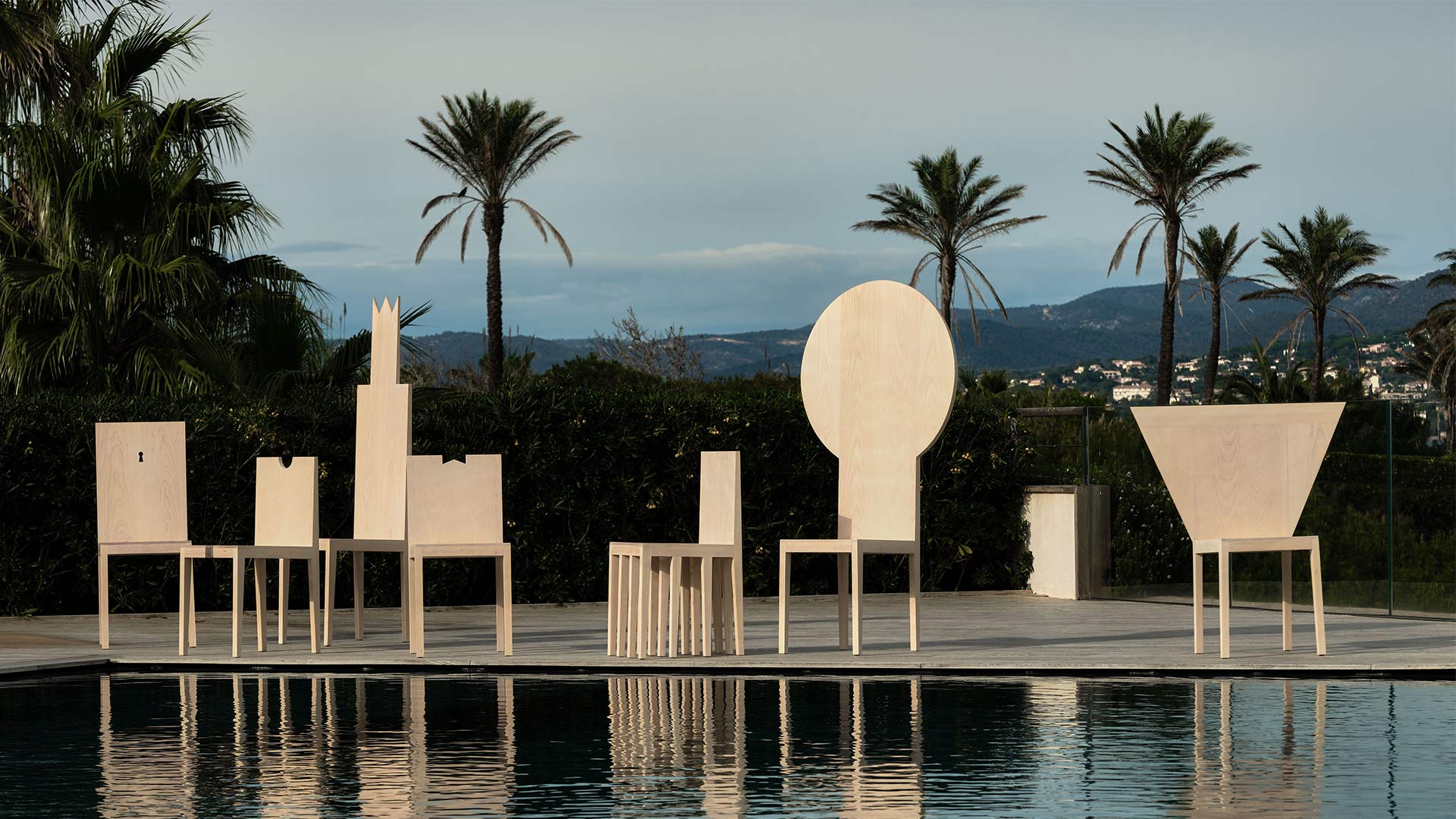
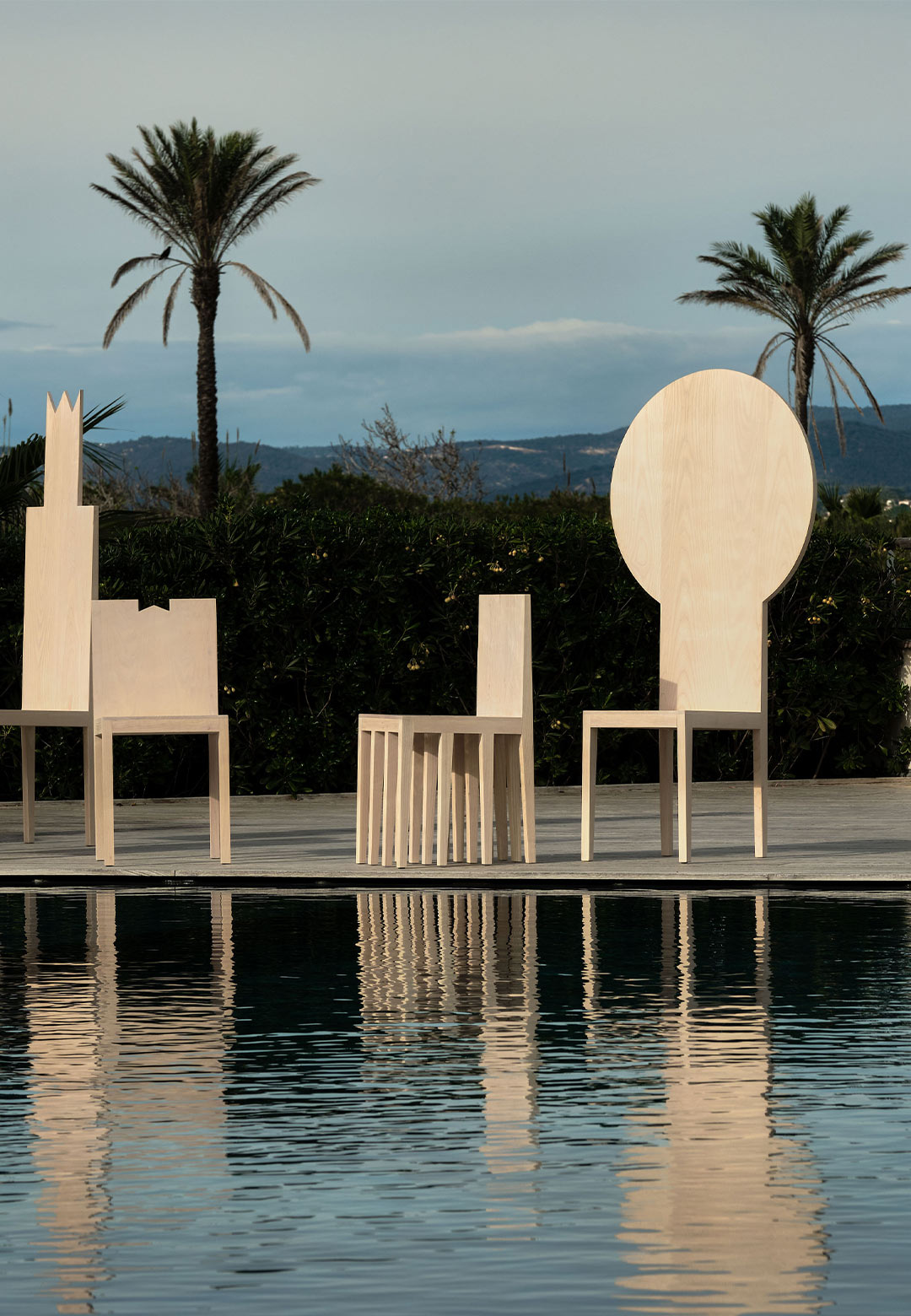
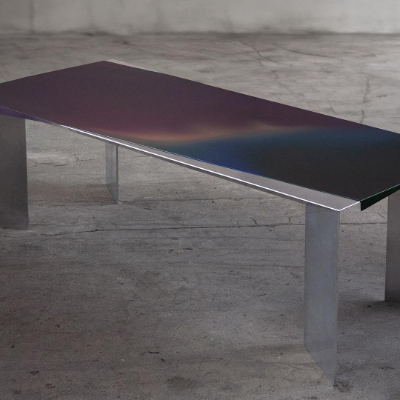
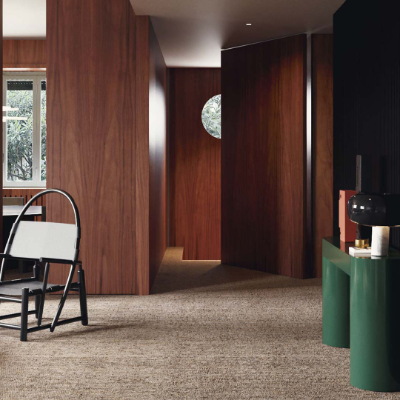
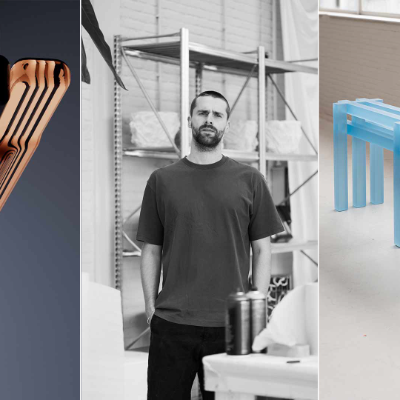
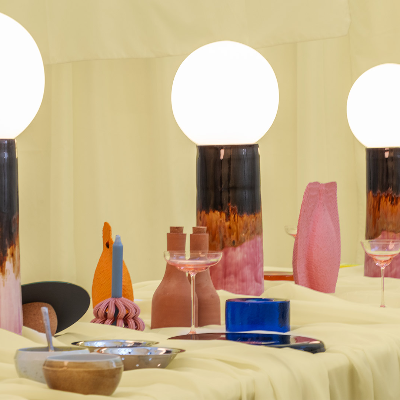
What do you think?